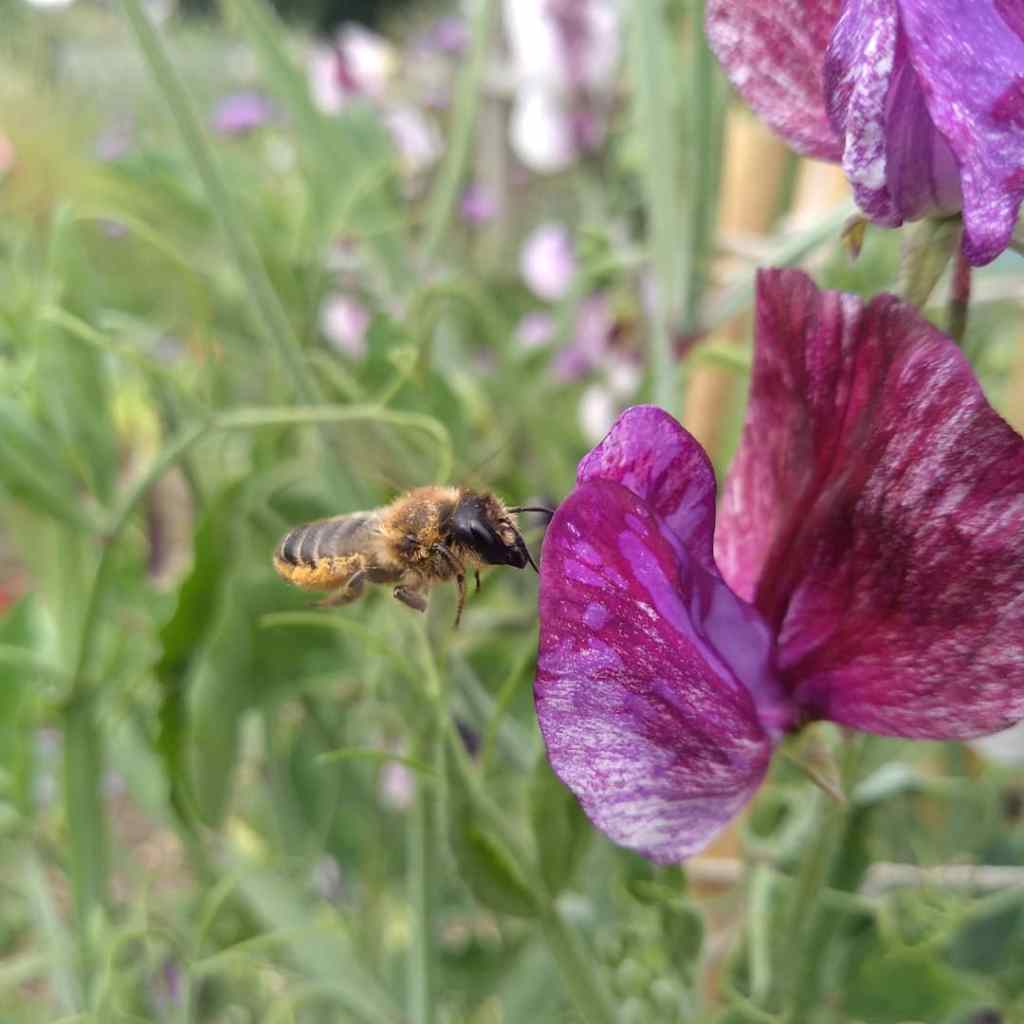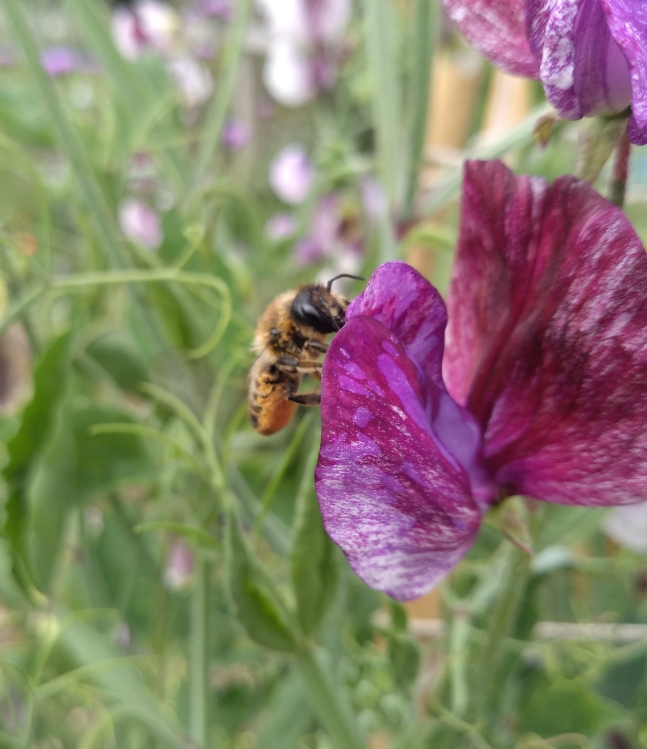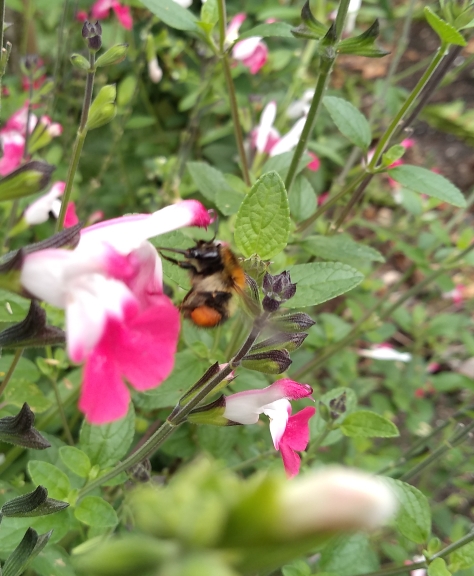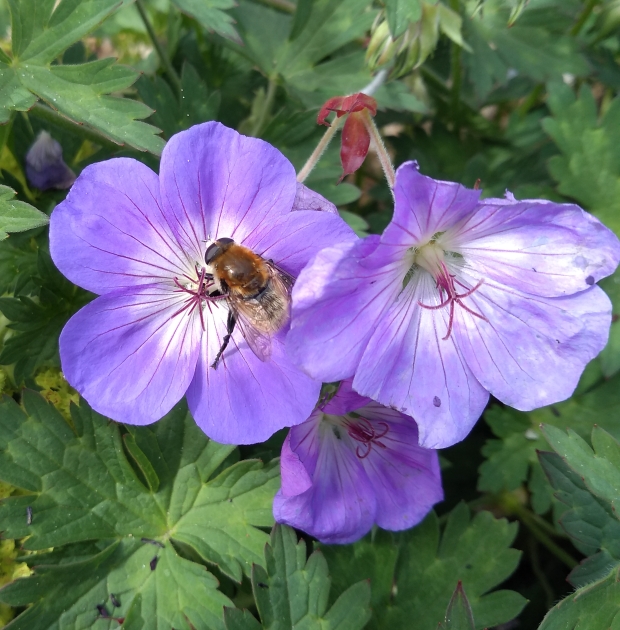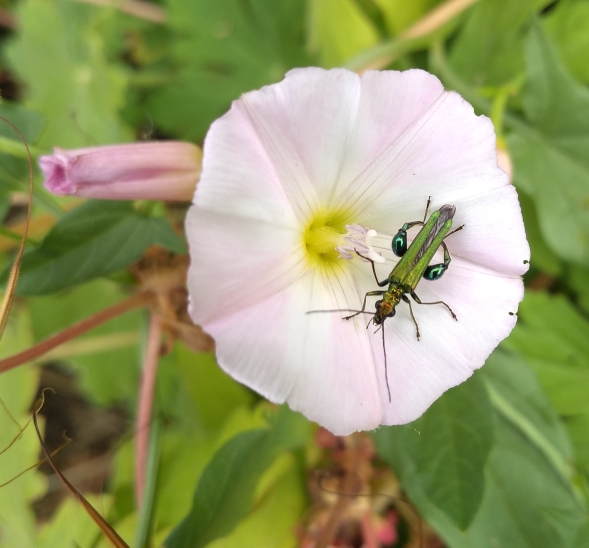With Buddleia, Lavender and Verbena bonariensis in full bloom at the moment butterfly sightings have increased significantly.
Along with plenty of Peacocks (Aglais io), Red Admirals (Vanessa atalanta) and Large whites (Pieris brassicae), I noticed a few other butterflies last week.
The first was a Gatekeeper (Pyronia tithonus) visiting Shasta daisies (Leucanthemum × superbum),

but I also saw a Comma butterfly (Polygonia c-album) pollinating some Verbena bonariensis too.

Along with these butterflies, the European gypsy moth (Lymantria dispar) reappeared, still under the Rhubarb patch on the allotment (see my ‘All you Need is Love and Nature.’ post from the 29th June 2020). However it was no longer a caterpillar but in the next stage of its life cycle, a pupa hanging from a Rhubarb leaf.

It can be in the Pupal stage for a fortnight so I will keep checking for its emergence as the adult moth, so I can hopefully see it take place. As I don’t exactly know when the Pupal stage began I’m not sure how soon it will occur. The male and female moths look very different so can be easily identified, plus the females don’t fly (see Butterfly Conservation); therefore if no moth is found then it was probably a male that has flown away.
The last insect that was noticeable last week was a Common red soldier beetle (Rhagonycha fulva).

It is always great to see these beetles as the are beneficial insects which predate aphids while their larvae eat
invertebrate pests, slugs and snails.




